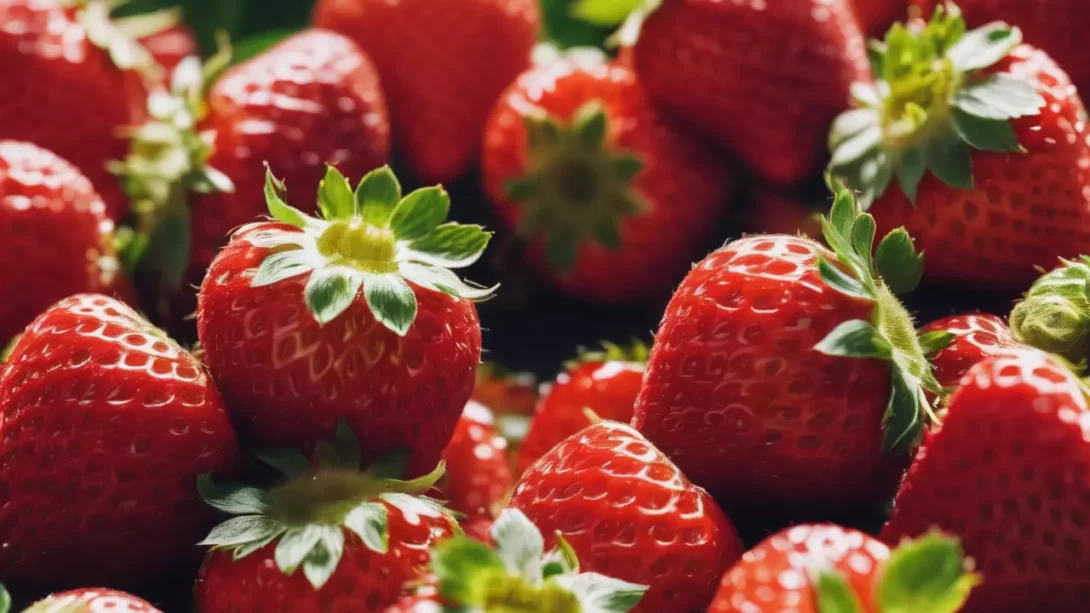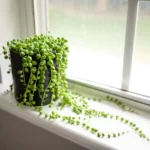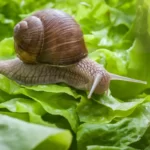When it comes to enjoying strawberries at their best, understanding their ripening process is key. Unlike some fruits that continue to ripen after being harvested, strawberries have a unique ripening behavior. This knowledge is crucial for gardeners and consumers alike, as it affects when to harvest and how to store these delicious berries. This article delves into whether strawberries ripen after being picked and offers insights into harvesting them at the perfect moment for maximum flavor.
Strawberry Ripening
Strawberries belong to a category of fruits that do not continue to ripen once they are removed from the plant. This is in contrast to fruits like bananas and tomatoes, which ripen further post-harvest. The ripening of strawberries is a complex process that occurs while they are still attached to the plant and ceases once they are picked. It involves changes in color, texture, and sugar content, all of which contribute to the fruit’s final taste and quality.
Ripening Process of Strawberries
The reason strawberries do not ripen after being picked lies in their biology. Unlike some fruits that produce ethylene gas, which acts as a ripening agent, strawberries do not produce significant amounts of ethylene. Therefore, once they are removed from the plant, the ripening process halts. This cessation means that the sugar content, flavor, and color of the strawberries will remain the same as they were at the time of picking.
Harvesting Tips for Optimal Ripeness
Selecting strawberries at the right time is crucial for enjoying them at their best since they won’t ripen any further once picked. Here are some tips to identify strawberries that have reached peak ripeness:
- Color: Look for strawberries that are bright red all over. Unripe strawberries often have white or green areas near the top or bottom. Since they won’t ripen after picking, avoid harvesting berries with unripe spots.
- Size and Shape: While size can vary depending on the strawberry variety, ripe strawberries are usually full-sized for their type. They should have a plump, heart-shaped appearance.
- Firmness: Ripe strawberries are firm but not hard. Overly soft berries might be overripe, while too hard berries are likely underripe.
- Aroma: One of the best indicators of ripeness is smell. Ripe strawberries have a sweet, fragrant aroma. If you can’t smell anything, the strawberry might need more time on the plant.
Harvesting strawberries in the morning, when they are cool, can also help preserve their quality. Once picked, handle them gently to avoid bruising.
Storing and Using Picked Strawberries
After harvesting, proper storage is key to maintaining the freshness of strawberries. Here are some tips for storing and using your strawberries:
- Refrigeration: Store strawberries in the refrigerator to slow down decay. They are best used within a few days of picking.
- Avoid Moisture: Keep them dry in storage, as moisture can encourage mold growth. Only wash strawberries just before you plan to use them.
- Room Temperature: If you plan to eat them on the same day, strawberries can be left at room temperature. This can help enhance their natural flavors.
If you have strawberries that are less ripe or slightly tart, they can still be used in various ways. Cooking or baking can enhance their sweetness, making them perfect for jams, pies, or smoothies. Slightly underripe strawberries can also add a refreshing tartness to salads or drinks.
Conclusion
In summary, strawberries do not continue to ripen after they are picked. This fact is essential for anyone growing or buying strawberries, as it directly influences when to harvest and how to enjoy these fruits. Remember, look for strawberries that are uniformly red, fragrant, and plump for the best flavor and texture. Since they don’t ripen post-harvest, picking them at the right stage of maturity is crucial for maximum enjoyment.
When storing strawberries, keep them in the refrigerator to prolong freshness and only wash them right before use to prevent mold growth. If you have strawberries that aren’t as ripe as you’d like, consider using them in cooked dishes or desserts where their tartness can be a delightful addition.
Understanding these aspects of strawberry behavior can greatly enhance your experience with this beloved fruit. Whether you are growing your own strawberries or selecting them from a market, keeping in mind their ripening characteristics will help ensure you enjoy them at their peak. Happy gardening and savoring the sweet rewards of your strawberry harvest!




